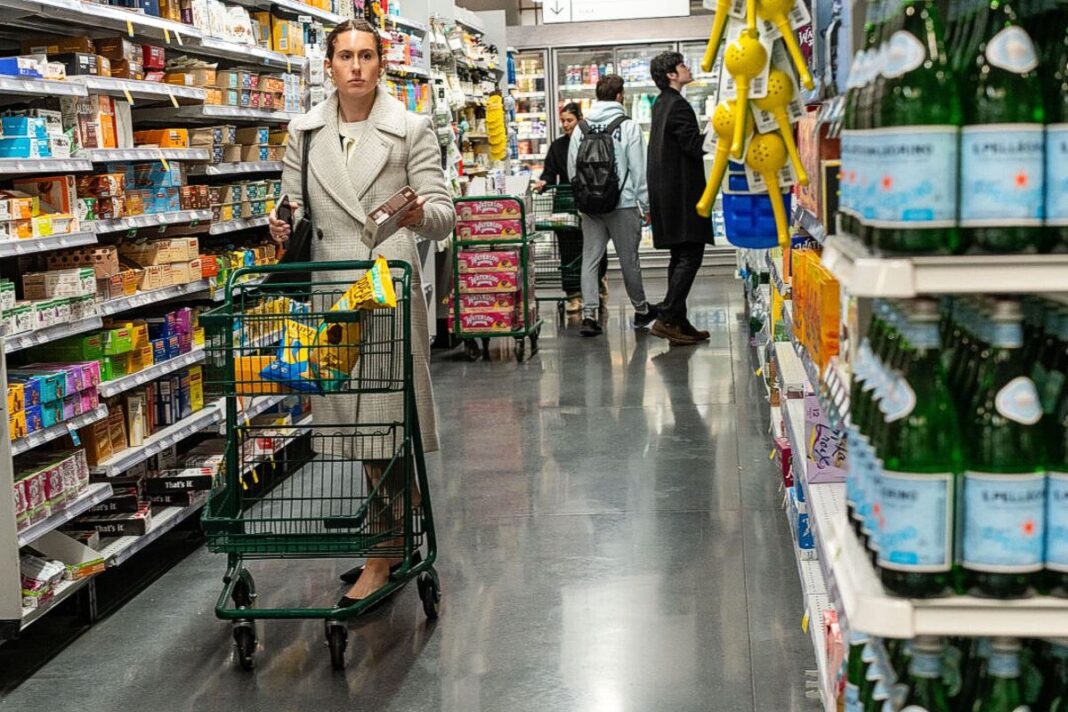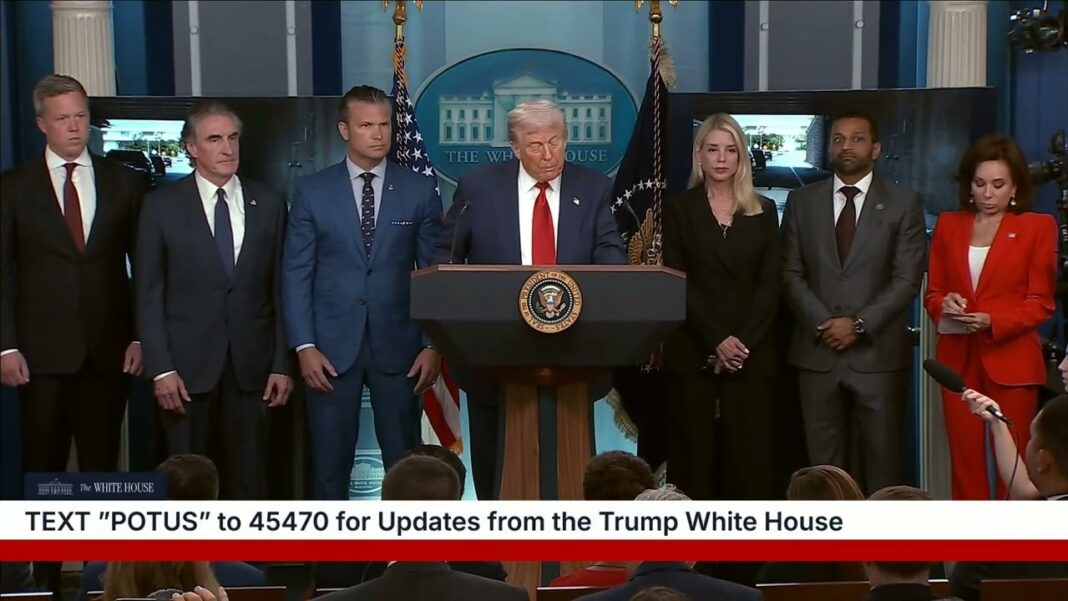‘This deterioration largely stems from rising worries about inflation,’ says the University of Michigan’s surveys head.
U.S. consumer sentiment unexpectedly softened in August, as the public anticipates inflation and unemployment to worsen in the future, according to new data from the University of Michigan Surveys of Consumers, released on Aug. 15.
The preliminary August consumer sentiment index fell to 58.6, down from a final reading of 61.7 in July. This came in below the consensus forecast of 62 and represented the first decline in four months.
The index for current conditions dropped to 60.9 from 68, and the expectations metric fell to 57.2 from 61.7. Both readings are down by 0.7 percent and 20.7 percent, respectively, from a year ago.
“This deterioration largely stems from rising worries about inflation,” Joanne Hsu, director of the Surveys of Consumers, said in a statement.
Consumers, Hsu says, are increasingly concerned about their current purchasing power. Buying conditions for durables declined by 14 percent—the lowest reading in a year—mainly because of higher prices, she noted.
“Overall, consumers are no longer bracing for the worst-case scenario for the economy feared in April when reciprocal tariffs were announced and then paused,” Hsu stated. “However, consumers continue to expect both inflation and unemployment to deteriorate in the future.”
The year-ahead inflation expectations rose to 4.9 percent from the five-month low of 4.5 percent in July. The five-year outlook also climbed to 3.9 percent, up from 3.4 percent in the previous month.
Despite the uptick, both short- and long-term projections remain below their highs observed in April and May.
Receding consumer sentiment did not prevent shoppers from opening their wallets.
In July, retail sales increased by 0.5 percent following an upwardly adjusted 0.9 percent increase in June.
Additionally, two categories sensitive to tariffs—apparel and automobiles—increased from a year ago. Receipts at clothing stores and motor vehicle and parts dealers jumped at a seasonally adjusted pace of 5 percent year over year.
The retail sales control group—a key metric that feeds into gross domestic product calculations—climbed by 0.5 percent, “suggesting recession risks remain minimal,” says LPL chief economist Jeffrey Roach.
“Adjusted for inflation, retail sales rose 0.3 percent and indicated the consumer is successfully handling the trade uncertainty,” Roach said in a note emailed to The Epoch Times.
“Recession risks remain low.”
Consumer spending accounts for two-thirds of economic activity and is a critical measure of the broader economy’s health. Following a 0.5 percent contraction in the first quarter, the U.S. economy rebounded by 3 percent. Early estimates, including from the Federal Reserve Bank of Atlanta’s GDPNow Model and the New York Fed Staff Nowcast, point to at least 2 percent growth.
By Andrew Moran








